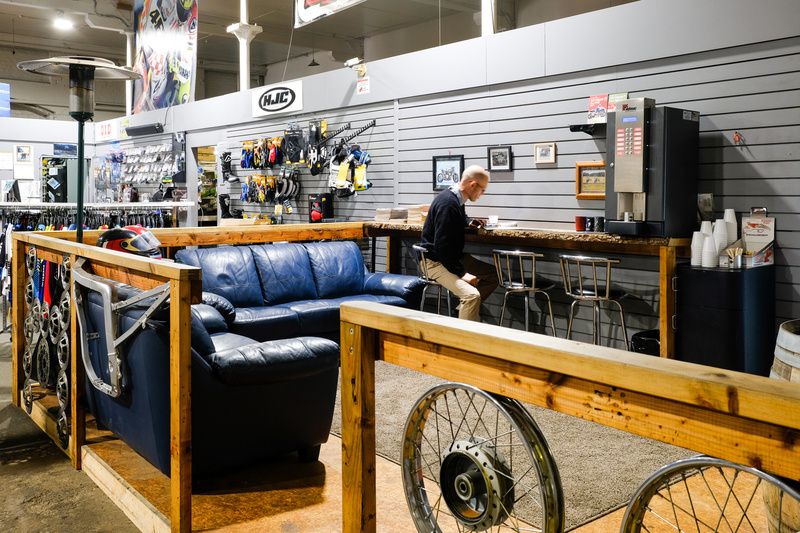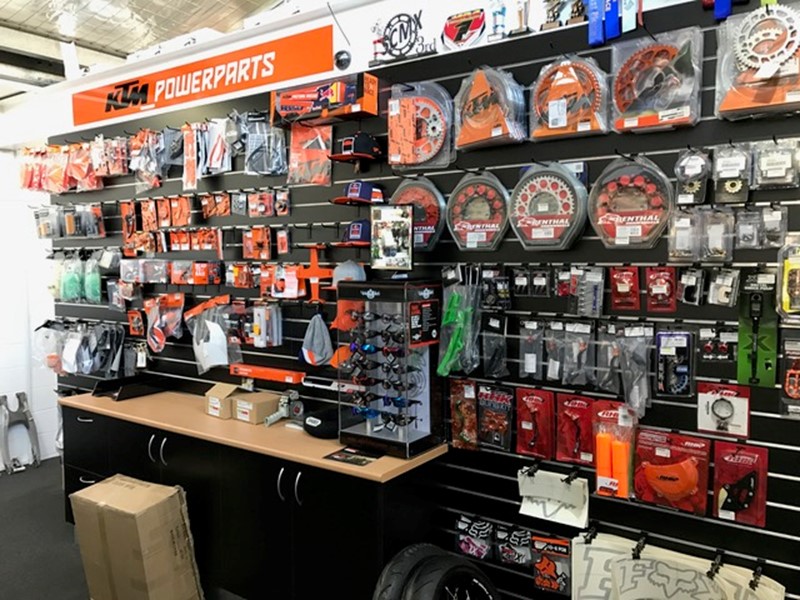Locate Competitive Costs on Motocross Parts NZ for every single Bike
Locate Competitive Costs on Motocross Parts NZ for every single Bike
Blog Article
Mastering Bike Gears: Exactly How to Enhance Your Riding Experience
In the realm of motorcycling, grasping the art of gear control is crucial for boosting your riding efficiency. Correctly using and comprehending bike equipments can significantly influence acceleration, control, and fuel performance, changing an ordinary adventure right into a seamless, thrilling trip. By integrating accurate shift timing and adapting equipment option to various roadway conditions, cyclists can ensure optimal engine efficiency and safety and security. The nuances of clutch control, throttle coordination, and equipment mechanics beckon a much deeper expedition, guaranteeing to unlock the full possibility of your equipment. Just how can these techniques be harnessed to genuinely maximize your riding experience?
Understanding Gear Mechanics
Exactly how do the ins and outs of equipment auto mechanics affect motorcycle performance? At the core of motorcycle characteristics, equipment auto mechanics play a critical role in transforming engine power right into activity, inevitably dictating speed and control. Gears, diligently crafted elements, allow bikers to optimize torque and speed, guaranteeing a seamless shift via different terrains and rates. The gear proportions, very carefully created, determine the relationship in between engine revolutions and wheel turns, affecting acceleration and fuel efficiency.
Recognizing gear technicians starts with acknowledging the value of the transmission, which houses numerous equipments of varying dimensions. These equipments interact through a process called meshing, where teeth of different gears involve to transmit power. The accuracy of this communication is crucial; any type of misalignment or damage can cause ineffective power transfer, hindering performance. In addition, the plan and dimension of equipments affect the bike's ability to manage different loads and rates.
In addition, the principle of equipment moving is important to optimizing efficiency. Smooth and prompt shifts make sure that the engine operates within its ideal power band, preventing unneeded stress and enhancing long life (mx parts nz). By comprehending these mechanical details, bikers can attain a harmonious mix of control, efficiency, and power, elevating their riding experience
Timing Your Shifts
Change timing proficiency is vital for enhancing bike performance and boosting the riding experience. Effectively timed shifts ensure that the engine runs within its optimum power band, which is critical for preserving control, accomplishing smooth velocity, and making sure the durability of the bike. Motorcyclists have to create an instinctive sense of when to shift gears, which entails comprehending the partnership in between engine transformations per min (RPM) and rate.
To grasp shift timing, pay close focus to the engine's noise and really feel, as these provide essential clues regarding when to change equipments. The perfect change point normally happens when the engine comes close to the top series of its power band without getting to the redline. Shifting prematurely can cause an absence of power, while shifting also late might cause unnecessary engine strain
Additionally, roadway problems and riding style influence shift timing. In contrast, during freeway riding, less changes at greater rates can be much more proper.
Enhancing Fuel Effectiveness
While mastering motorbike gears is important for performance, enhancing fuel performance is equally important for both financial and environmental factors. Ideal gas consumption not only decreases functional prices yet also reduces the eco-friendly footprint of riding. To attain this, one have to understand the intricate connection in between gear choice and engine performance.
Riding in a greater gear at reduced rates can lead to engine lugging, which is harmful to both gas economic climate and engine wellness. Alternatively, riding in reduced equipments at high rates results in unnecessary gas consumption.
Furthermore, normal maintenance plays a critical duty in gas effectiveness. Ensuring that the bike is well-tuned, with tidy air filters and correctly blew up tires, can decrease and enhance aerodynamics fuel wastage. Embracing a riding design that accepts steady acceleration and smooth slowdown can add to better fuel economic climate.

Techniques for Smooth Transitions
Attaining smooth equipment changes is fundamental to enhancing the riding experience and making sure the longevity of a motorcycle's transmission system. Appropriate gear shifting not only adds to a seamless adventure yet also minimizes deterioration on the mechanical components. To grasp the art of smooth transitions, motorcyclists should concentrate on a couple of vital strategies.

Second of all, clutch control plays a pivotal duty. Involving and disengaging the clutch smoothly calls for technique. The clutch lever need to be launched slowly, permitting a seamless transfer of power from the engine to the wheels without causing a shock or abrupt motion.

Adjusting to Road Problems
Navigating varied road problems is a critical skill for any kind of motorcyclist aiming to keep control and safety and security. Whether you're riding on damp surfaces, crushed rock roads, or browsing sharp turns, your capacity to adjust your gear use and riding technique is that site critical. Understanding exactly how to readjust your equipments suitably can significantly affect traction and stability, making certain a much safer journey.
On damp roads, it is recommended to maintain higher equipments to reduce torque and minimize wheel spin. This method helps keep grip on slippery surfaces, permitting smoother moved here velocity and slowdown. In comparison, when riding on crushed rock or uneven terrain, lower equipments are better. Lower equipments supply much better control and allow you to respond more promptly to unforeseen changes in the road surface area.
Sharp contours require specific equipment monitoring to balance rate and control. Downshifting before entering a curve can aid preserve momentum while guaranteeing the motorbike stays secure throughout the turn. Consistent method in different problems boosts your ability to respond and anticipate to adjustments in road appearance and slope.
Conclusion
Grasping motorbike equipments considerably improves the riding experience by enhancing control, gas, and acceleration performance. Adjusting gear selection to different road conditions, such as utilizing greater gears on damp surface areas and reduced gears on gravel, more improves handling and safety and security.
Comprehending equipment technicians begins with recognizing the relevance of the transmission, which houses several equipments of differing sizes. These gears engage via a process understood as meshing, where teeth of various gears involve to send power (mx gear nz). Gentle modifications to the throttle during gear shifts can protect against jerky activities and maintain a constant riding speed
Whether you're riding on wet surfaces, gravel roads, or navigating sharp turns, your capacity to adjust your equipment use and riding method is paramount. Adjusting gear option to various roadway problems, such as making use of higher equipments on wet surfaces and lower gears on gravel, custom bike parts additional enhances handling and security.
Report this page